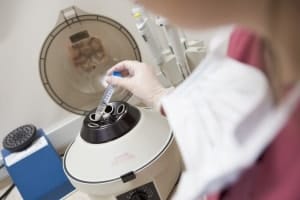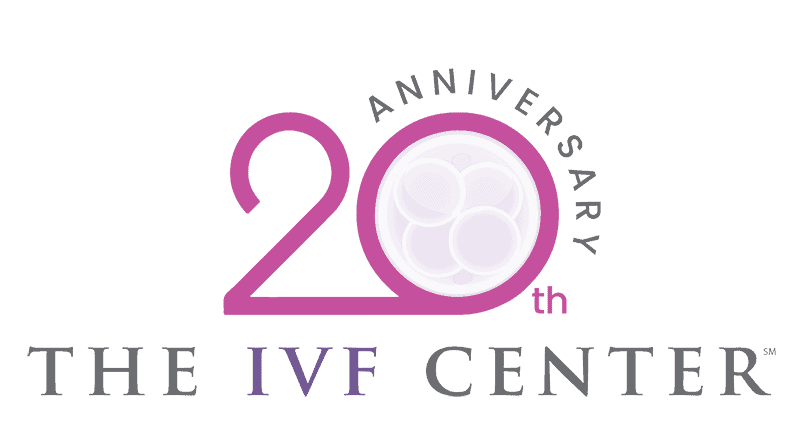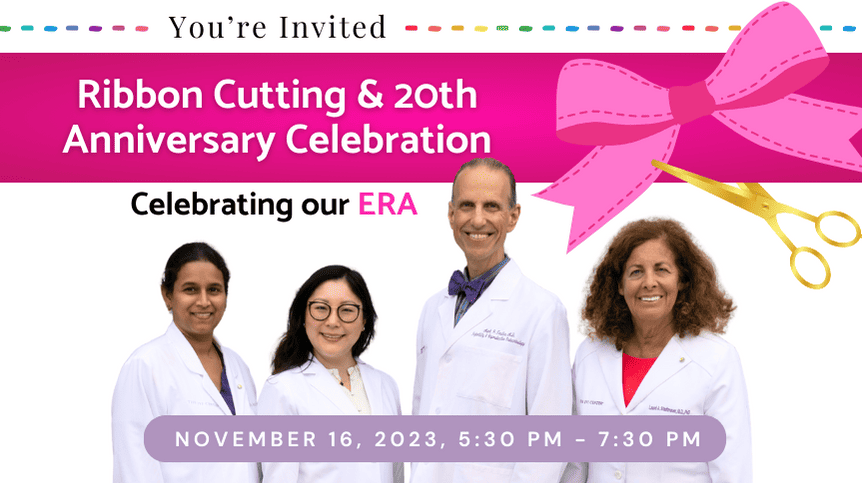Genetic testing of embryos goes back some fifteen years, but its use has become more popular recently due to method enhancement and better detection of disease-causing genes.
However, medical and ethical concerns have arisen in the reproductive medical community around the screening of embryos. The issue was a central topic of focus during the American Society for Reproductive Medicine (ASRM) annual congress in San Antonio, TX, in November 2017. At the meeting, extensive discussions took place about the chromosome analysis of embryos.
Why Are Embryos Tested?
“Years ago, around 2010, we were still doing day three biopsy of embryos, where we removed six to eight cells for analysis,” says Mark P. Trolice, M.D., board-certified reproductive endocrinology, and infertility specialist and founder of The IVF Center. “Since then, we’ve been doing day five biopsies. On day five, we remove five to seven cells from the outer part of the embryo, the future placenta.”
Typically, the tissue is sent off to a specialized laboratory, and then the embryos are frozen. For implantation, another cycle the following month is required where the healthy embryo is thawed and transferred inside the woman’s uterus.
“Why do we do this?” asks Dr. Trolice. “So you know that you’re going to be transferring a chromosomally-aligned embryo, not affected by any disease or carrier state. You’re getting a faster time to pregnancy and a low miscarriage rate of about 10% or less.”
Potential Cause for Concern?
According to the findings of the ASRM Congress, not all embryos labeled as abnormal turn out to be so. “Sometimes we get information that the embryo is chromosomally abnormal,” continues Dr. Trolice. “Until recently, we’ve discarded those embryos, but it’s estimated that 20-30% may be normal on the inside, on the inner cell mass. We biopsy the outer layer, but that may not reflect the integrity of the inner cell mass.”
 The question then becomes: are potentially normal embryos being discarded? The other concern is mosaicism when there is more than one cell line.
The question then becomes: are potentially normal embryos being discarded? The other concern is mosaicism when there is more than one cell line.
“Where you have normal cells but also a few abnormal cells in the embryo,” says Dr. Trolice, “there have been reports that even though some cells of the future placenta were abnormal when the embryos were transferred and achieved a live birth, the embryos have been normal.”
According to Dr. Trolice, new techniques of genetic testing and evaluation are putting into question other traditional screening methods. “This new technology is called preimplantation genetic diagnosis (referred to as single gene testing) for cystic fibrosis, for example,” says Dr. Trolice.
“Preimplantation genetic screening (PGS) is usually for chromosome testing. Right now it’s getting controversial if PGS is accurately reflecting the health of the embryo (the inner cell mass) and if it’s not, should we be doing it? And are we discarding embryos that are actually normal but the testing shows them to be abnormal?”
Dr. Trolice acknowledges the prime importance of these findings and commits to keeping patients as up to date as possible on the matter. “Where does this play into our treatment of patients?” he says. “We’ll keep you posted on the issue.”






